In order to save the collapse of the “Local War” strategy, the US decided to conduct the Second War of Destruction in the North (from April 6 to December 29, 1972) on a larger, more brutal and fierce scale. Quang Ninh continued to be the focus of fierce attacks by the enemy. With the determination to defeat the US invaders, the army and people of Quang Ninh united to fight steadfastly, shot down many US planes, provided manpower and resources to the large frontline in the South, and contributed to the whole country in defeating the US war of destruction.
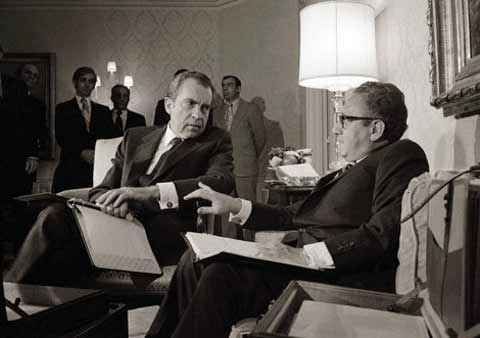
Conducting the first air war of destruction (1964-1968) against the North, the US imperialists suffered consecutive heavy defeats. During those 4 years, the North's air defense forces shot down 3,243 planes and sank or burned 143 US warships.
In early 1972, our strategic offensive on the southern battlefield broke the basic outer defense line in key enemy areas. In that situation, on April 6, 1972, the administration of President Richard Nixon launched the second air and naval war of destruction against North Vietnam, starting with Operation Linebacker I.
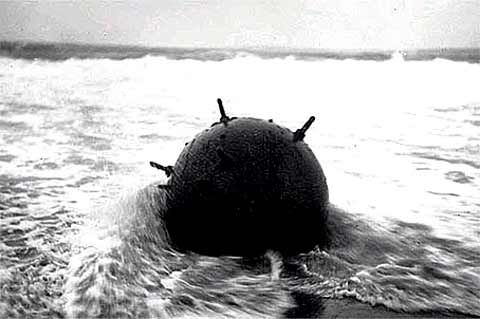
Deploying Operation Linebacker I, the US used air force and navy to massively attack military and economic targets, transportation systems, dikes and residential areas from Vinh Linh to Hanoi, Hai Phong, Lang Son, Quang Ninh..., and simultaneously dropped thousands of mines and magnetic mines to blockade seaports, river mouths and coastal waters in the Gulf of Tonkin. With the intention of destroying the industrial production of the North and cutting off support for the South, the US imperialists frantically mobilized air force and navy to attack the Mining Region. From May to October 1972, the US dropped mines and magnetic mines to blockade the ports of Hon Gai, Cam Pha, Cua Ong, and Mong Cai.
In particular, from December 18 to 30, 1972, US aircraft continued to attack Quang Ninh in 22 battles, dropping 201 bombs of various types at 45 locations, and continuing to drop mines to block sea routes. The total number of bombs and shells dropped on Quang Ninh (from May 10 to December 30, 1972) was equal to 40% of the number of bombs and shells dropped in the first destructive war in the province, killing hundreds of people and injuring many others. Over 6,000 houses collapsed or were severely damaged, nearly 200 machines, equipment, cars, canoes, boats, ferries, barges were destroyed, 6,000 m2 of road surface, 2,500 m3 of roadbed, nearly 2,000 meters of railway and 12 bridges were severely damaged. The areas and units: Hong Gai, Uong Bi, Ha Tu, Cua Ong, Mong Duong, Coc 6, Vang Danh were destroyed by the enemy, not a single house, school, or factory on the mining land was not attacked by the American army.
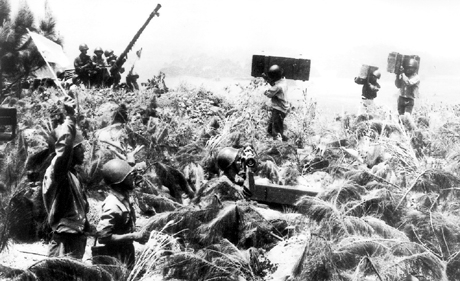
Lieutenant Colonel Truong Phuc Lam, former Head of the Economic Security Protection Department (Provincial Police) said: Unlike the first destructive war of the Johnson administration, this time the US mobilized a larger force, attacking massively from the beginning with many types of aircraft and new or improved technical weapons. The targets of the US military's bombing at that time in Quang Ninh were factories, ports, and enterprises. At that time, my unit had 5 comrades sacrificed, but we were not discouraged but turned hatred into action to fight back fiercely.
Faced with the US enemy's frantic escalation of bombardment, closely following the Central's instructions, based on the local situation, accurately forecasting the situation, before the US air force launched a devastating attack, the Provincial Party Committee's Standing Committee dispersed the population from key areas. At the same time, it focused on directing the shift from serving mainly peacetime economic development to serving combat, but still ensuring all production requirements; evacuating factories, construction sites, and stabilizing production; important unused machinery and equipment were safely hidden.
Colonel Phung Ngoc Hung, former reconnaissance officer of the Northeast Military Region, Regiment 244, which took over the Mining Area, said: Quang Ninh has promoted the combined strength, organized local armed forces to coordinate closely with the main force, and united in heroic combat. The initiative and creativity in organizing production to ensure serving the national needs and the steadfast fighting of the Quang Ninh army and people have continued to affirm that the people's war strategy is the pinnacle of Vietnamese military art.
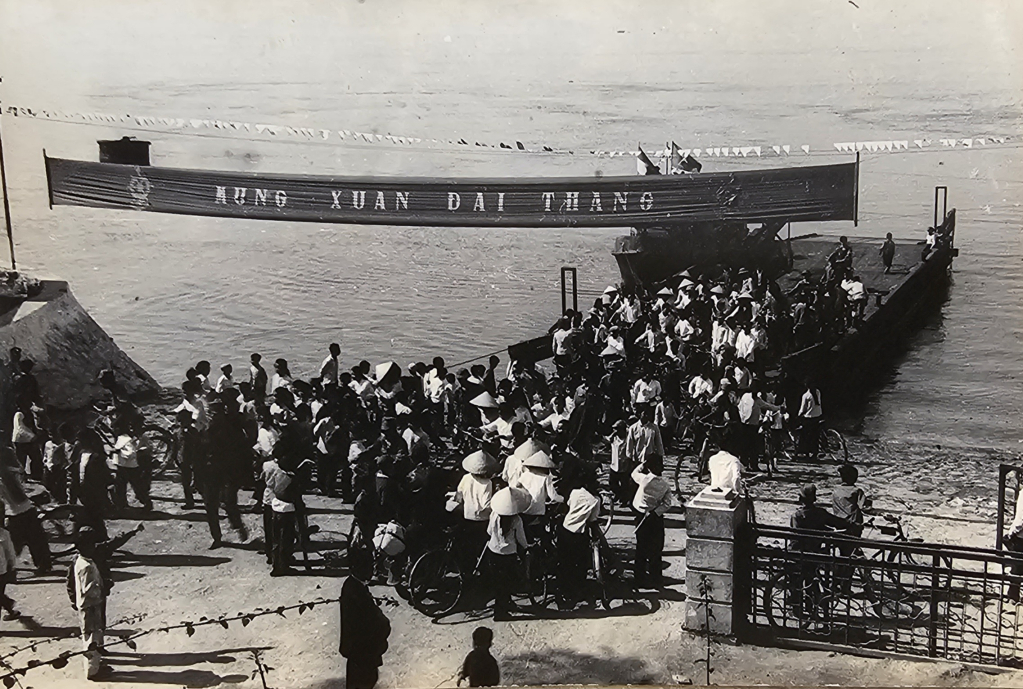
With the spirit of determination to fight and win, the people of Quang Ninh poured a storm of hatred on the invaders. From May 10 to December 30, 1972, the people of Quang Ninh bravely fought 1,418 battles, shooting down 27 American planes. On December 24, 1972, the people of Ngoc Vung island shot down an F4, the 200th and last American plane shot down on Quang Ninh land. Faced with an irreversible defeat, at 7:00 a.m. on December 30, 1972, Richard Nixon had to declare a temporary halt to bombing the North from the 20th parallel. Including both destructive wars, the army and people of Quang Ninh united and fought bravely, contributing with the army and people of the North to shoot down 200 planes, of which 170 were shot down in the first destructive war, damaging many others, and capturing many pilots.
The contributions of manpower and resources of the army and people of Quang Ninh have significantly contributed to the destruction of the American imperialists, not only failing to drag the North back to the Stone Age, but on the contrary, they have failed miserably. Not only being resilient in fighting, workers and farmers along with the working classes in the province have maintained the pace of production, upgraded 117km of roads to ensure smooth traffic, promoted labor emulation movements, and contributed significantly to the great spring victory and national reunification.
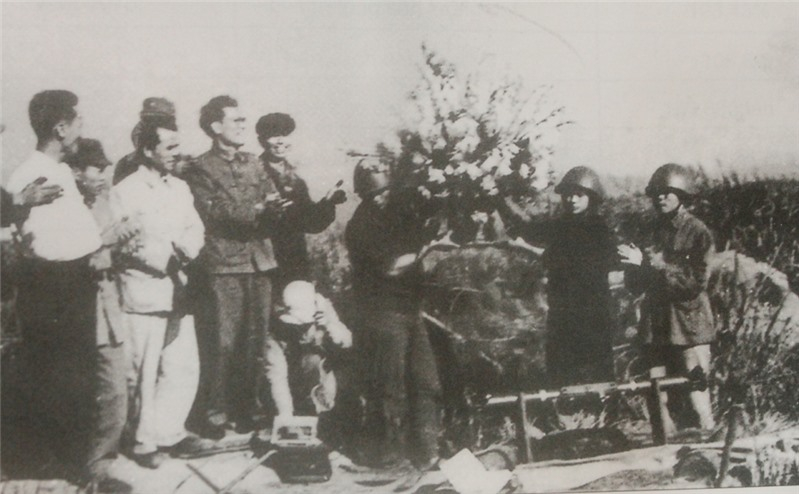
In recognition of the heroic feats of arms in the resistance war against the US to save the country of the army and people of Quang Ninh, on the occasion of the anniversary of the August Revolution and National Day September 2, 1973, Quang Ninh was awarded the noble Second Class Resistance Medal by the Party, the National Assembly and the Government, the title "Hero of the People's Armed Forces" to 3 units of the Hon Gai Port Self-Defense Force, Station 301 of the People's Armed Police, the Ha Long Bay Patrol Police Team and many medals of various types to localities, sectors and individuals with outstanding achievements in 1972.
Source


![[Photo] Prime Minister Pham Minh Chinh chairs the Government's special meeting on law-making in April](https://vstatic.vietnam.vn/vietnam/resource/IMAGE/2025/4/13/8b2071d47adc4c22ac3a9534d12ddc17)





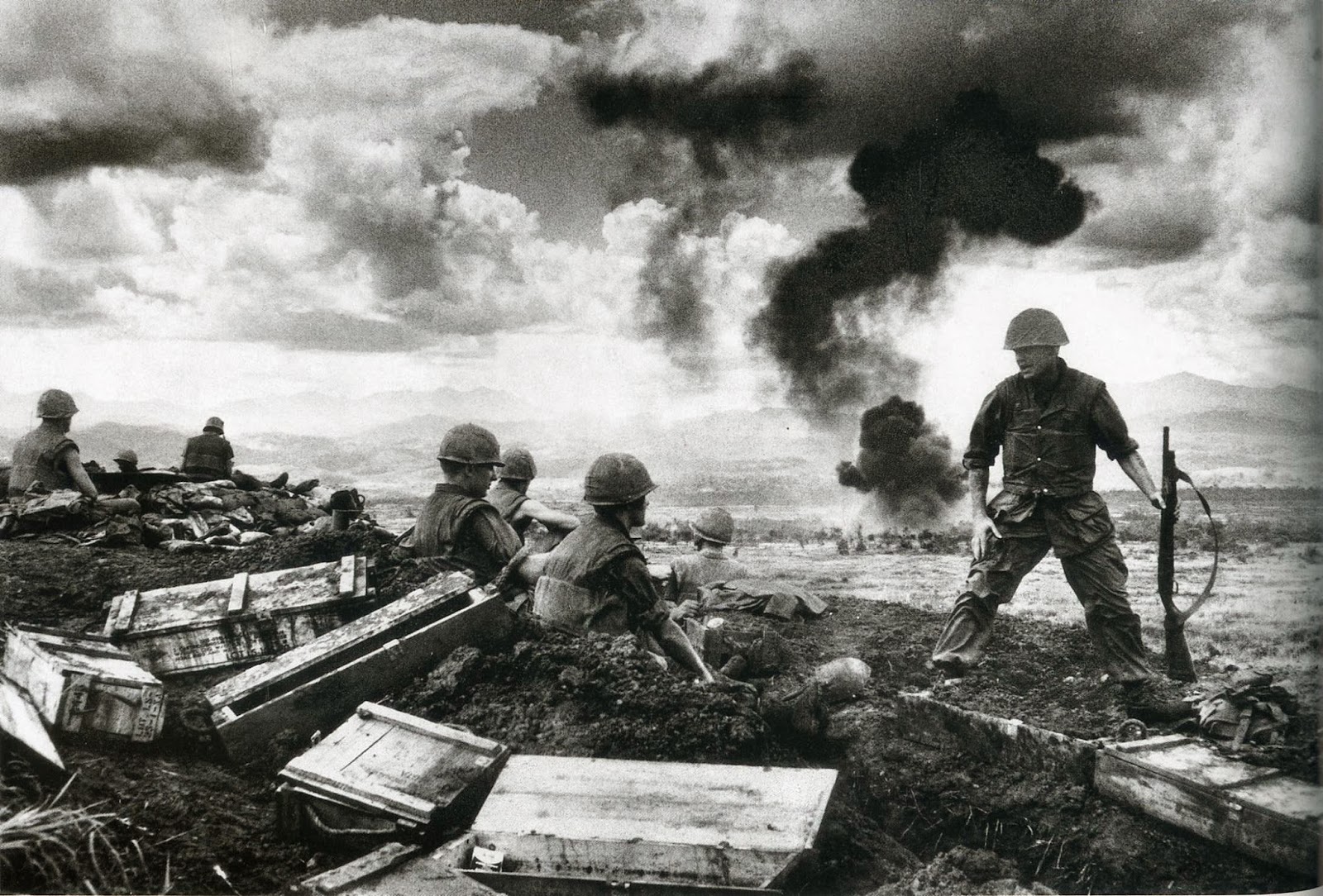












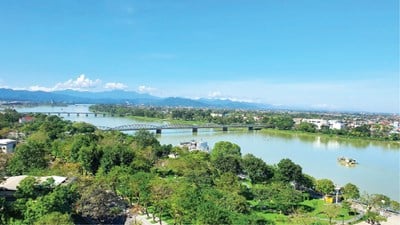






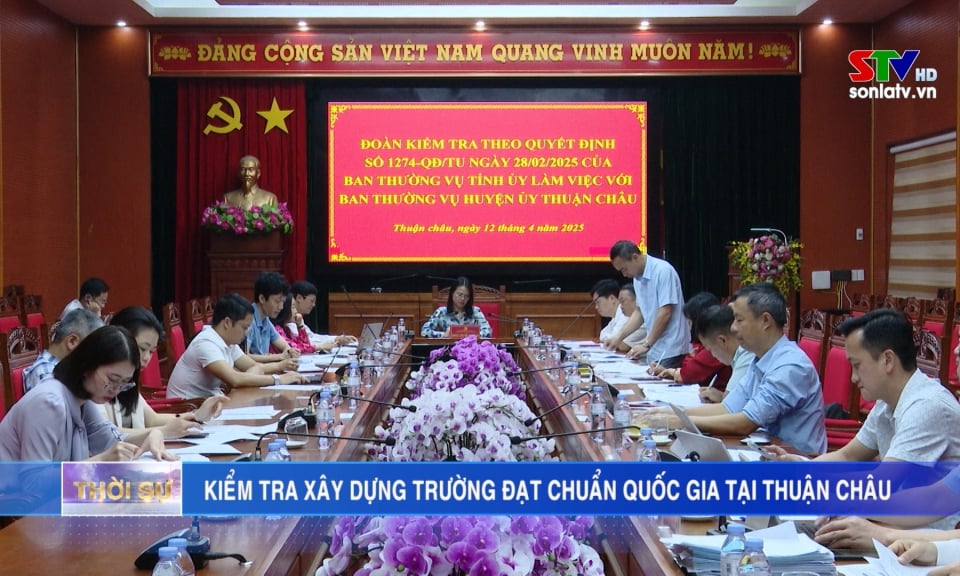
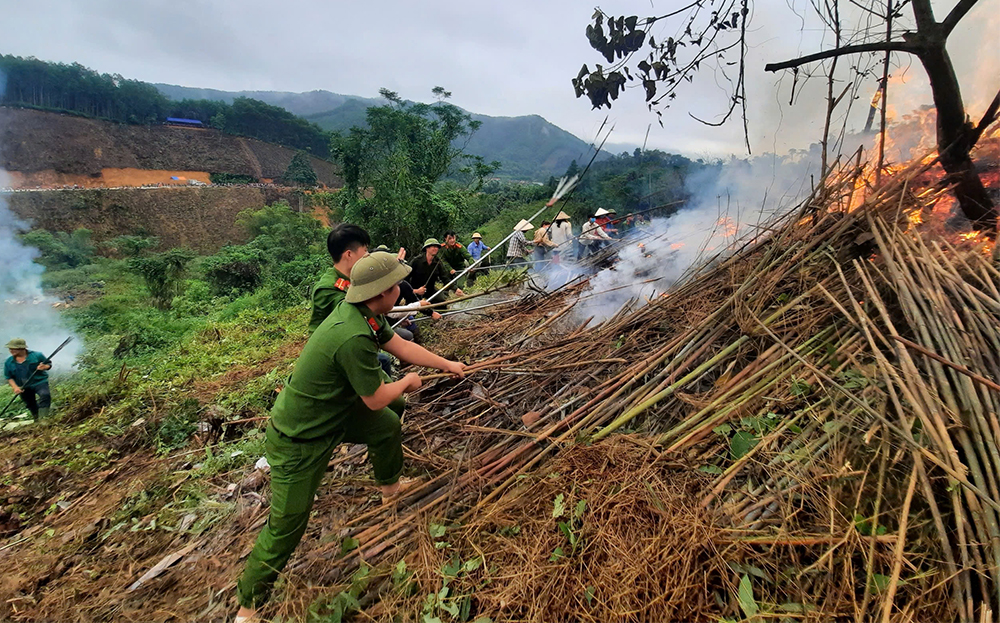

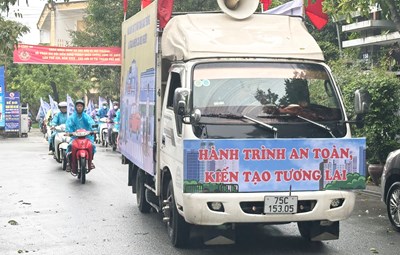
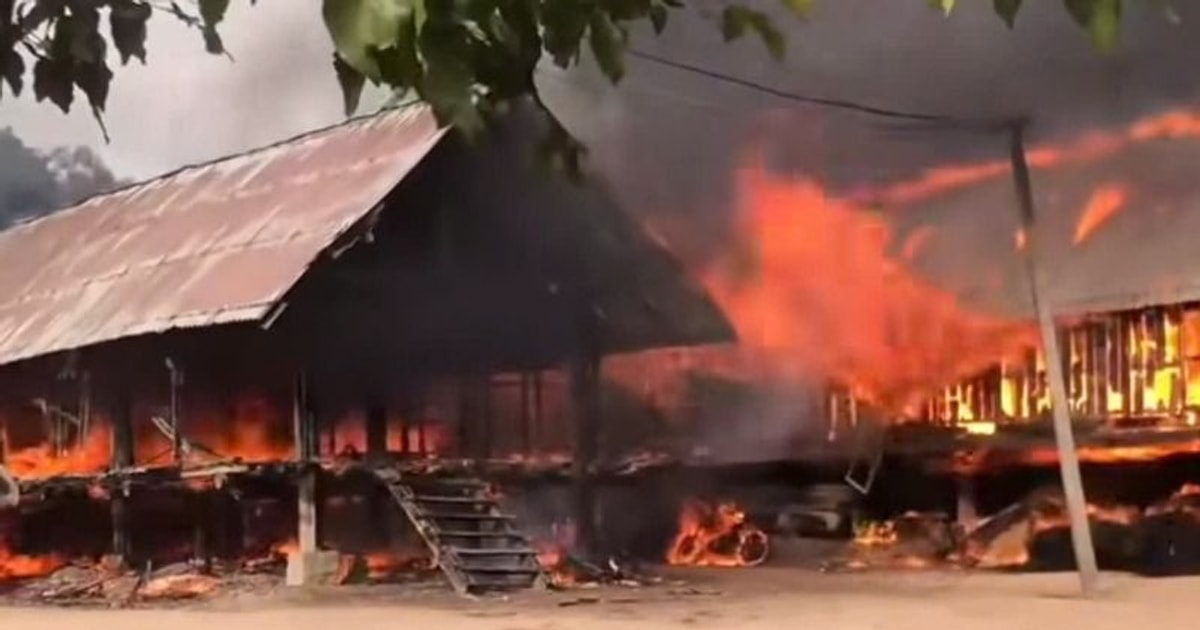
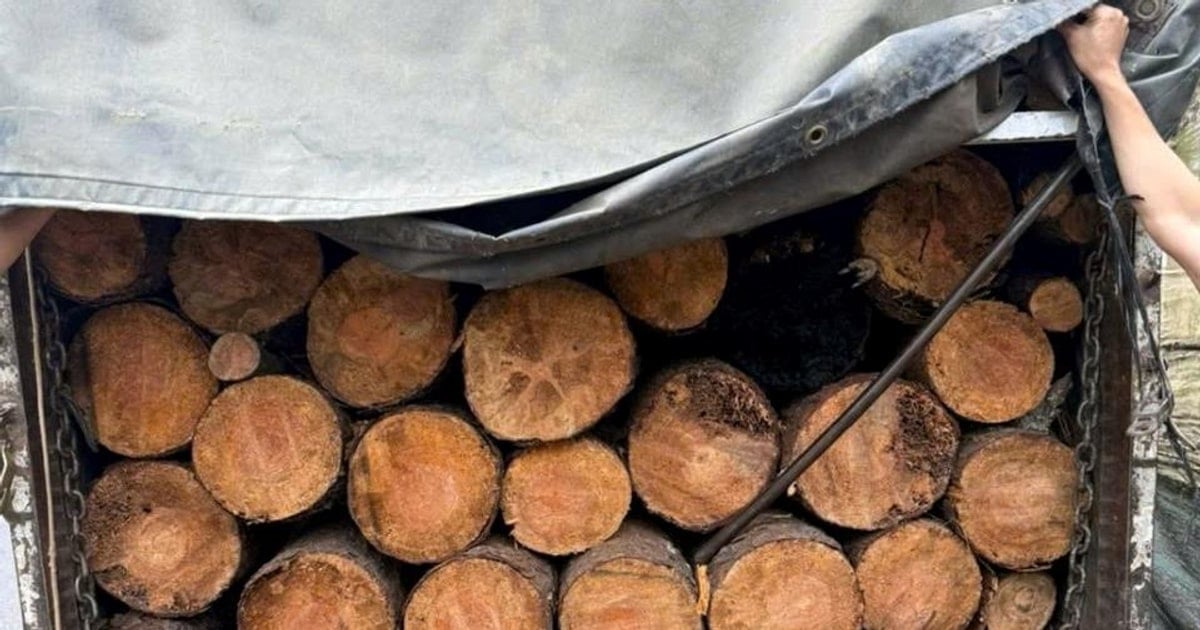
![[Photo] Closing of the 11th Conference of the 13th Central Committee of the Communist Party of Vietnam](https://vstatic.vietnam.vn/vietnam/resource/IMAGE/2025/4/12/114b57fe6e9b4814a5ddfacf6dfe5b7f)































































Comment (0)